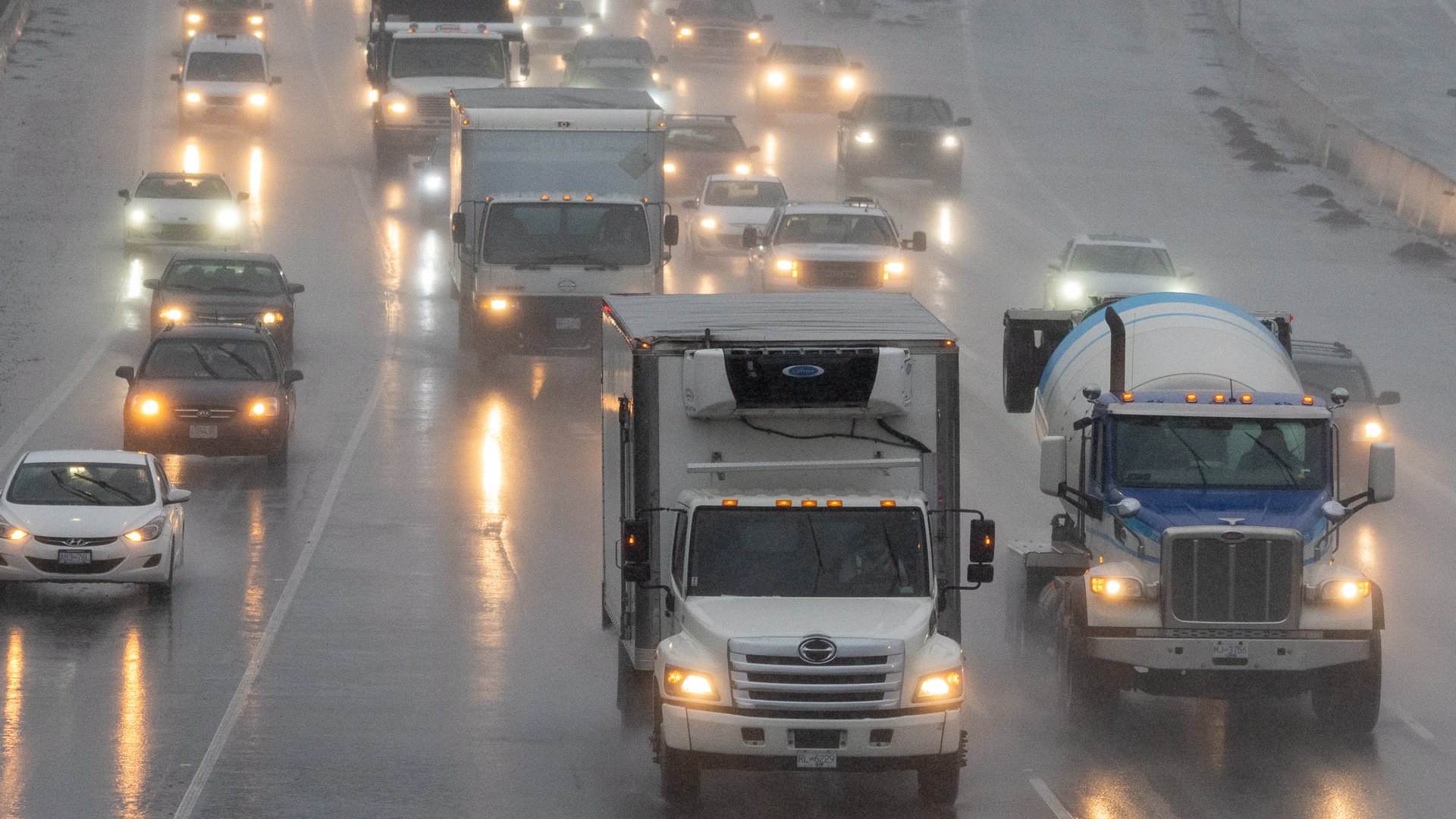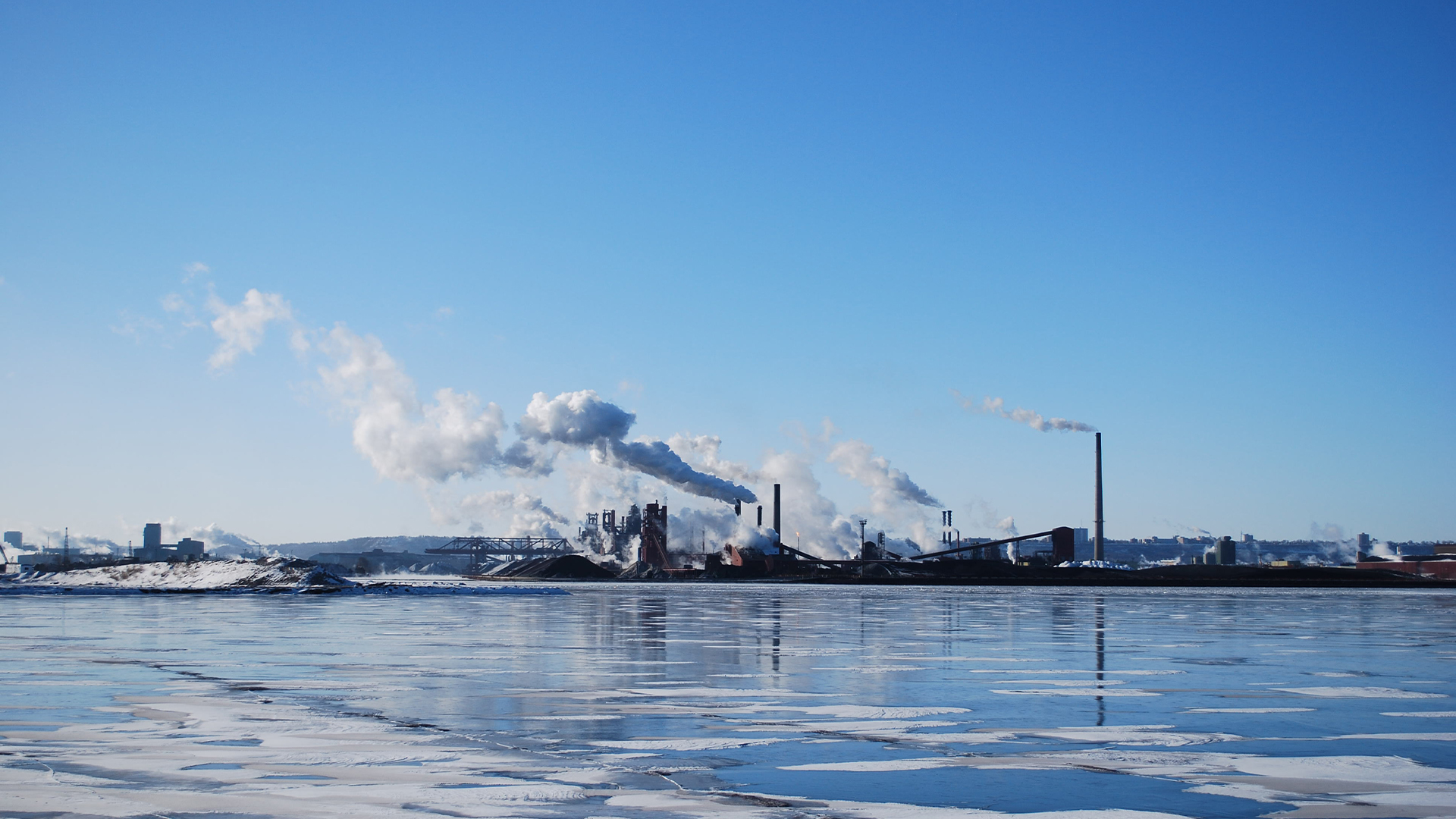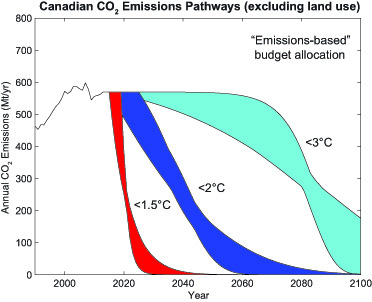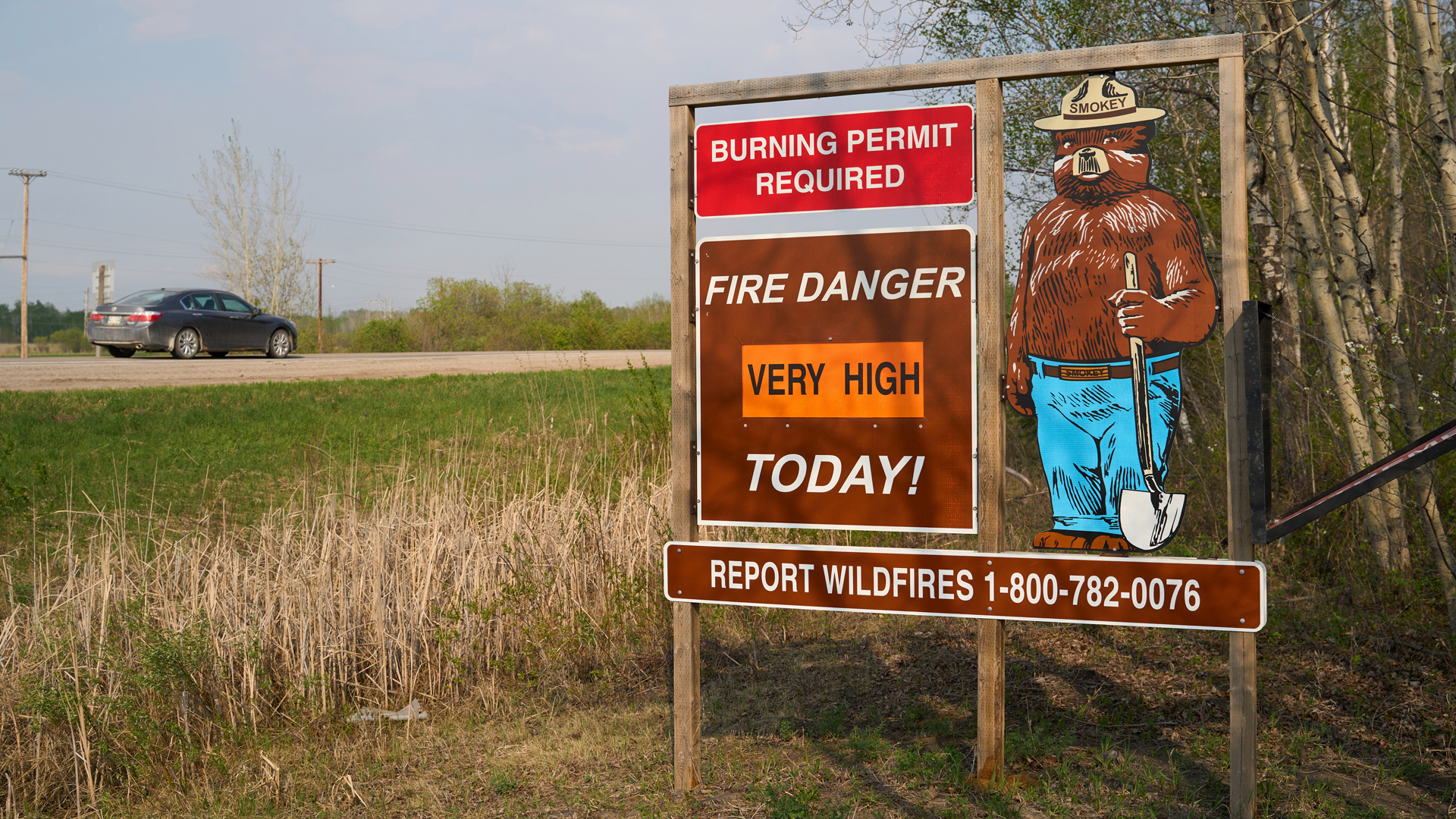
At last year’s United Nations climate change conference in Paris, Canada emerged from a decade in the shadows to help build a global framework aimed at preventing dangerous levels of climate change. On the urging of Canada, the United States and a loose coalition of developed countries and small island developing states, the world’s governments agreed to a goal of limiting global warming to “well below” 2°C above preindustrial levels and recognized the value of an even lower warming limit of 1.5°C.
What does this actually mean for Canada? Is our national greenhouse gas (GHG) emissions target of 30 percent below 2005 levels by 2030, proposed by the previous government in advance of Paris, consistent with either of these stated global temperature limits?
While there are no single correct answers to these questions, we can use the available emissions data and scientific understanding of the response of the climate system to carbon dioxide (CO2) emissions to make well-informed judgments.
The total human-derived CO2 emissions over time roughly predict the amount of eventual global temperature change. Thanks to this relationship, the Intergovernmental Panel on Climate Change has been able to estimate how much carbon the world has left to burn before having a high probability of passing a given temperature threshold – let’s call it the carbon budget.
The question then becomes how to divvy up slices of the remaining global carbon pie or carbon budget, and there is no international consensus on this. If you divide the pie based on each country’s present-day emissions, wealthy high-emitting Canada gets a generous helping for a country of its size (1.6 to 1.8 percent of the remaining carbon budget). If you divide the pie based on population, Canada gets a more equitable but much smaller slice (0.5 percent of the remaining budget).
Using these two very different approaches, my colleague Kirsten Zickfeld at Simon Fraser University and I calculated the range of CO2 emissions trajectories and targets for Canada that are consistent with the temperature limits in the Paris Agreement on climate change.
According to our analysis, Canada will be hard pressed to reduce emissions fast enough to avoid 1.5°C of global warming (or to be more precise, to achieve the more than 66 percent likelihood of avoiding 1.5°C). As depicted in figure 1, our emissions target for 2030 would need to be a 90 to 99 percent reduction — not a 30 percent reduction — below 2005 levels, and that’s with the generous helping of carbon pie from the “emissions-based” approach. The target is at best unrealistic, at worst politically impossible.
Canada’s other option would be to “increase” its slice of the global carbon budget or pie through international deals like buying credits on a carbon market or investing in mitigation in other countries, through land use and forestry management to create carbon sinks, or through as-yet-unproven “negative emissions” technologies that remove CO2 from the atmosphere. It is technically possible to scrub CO2 from air: that’s how we keep the air safe for breathing on the International Space Station. There is even a pilot project in Squamish, British Columbia, that creates carbon pellets literally out of thin air. But there is yet to be any evidence that such technology could become efficient and cheap enough to be deployed at scale.
The story is different for the 2°C limit. If we use the generous “emissions-based” approach to allocating the remaining carbon budget, Canada’s current target of a 30 percent reduction below 2005 levels by 2030 is potentially consistent with avoiding 2°C of global warming. Our analysis shows that emissions targets of 15 to 41 percent below 2005 levels by 2030, with a median target of 29 percent, could technically keep Canada on track.
Granted, other countries are likely to object to Canada serving itself such a large slice of the carbon emissions pie. Allocating the remaining carbon budget based on present-day emissions places an unfair burden on developing and rapidly industrializing countries that historically have had low per-capita emissions. Despite being far less responsible for climate change to date, and currently having low per-capita emissions, countries like India would essentially be asked to bear an equal part of future mitigation efforts.
On the other hand, if we allocate the remaining global carbon budget based on population, Canada’s share is so limited that no federal or provincial government would ever take it seriously. At the present rate of CO2 emissions, Canada would burn through our remaining carbon budget for avoiding the 2°C limit in less than seven years. In that case, we would need to find a way to “increase” the carbon budget through aggressively pursuing international credits and negative emissions.
The equity-minded may even find that very restricted budget too kind. If our cumulative historical emissions are also considered in divvying up the carbon pie, we might not just get a smaller slice — we might be expected to skip dessert entirely.
Based on these results, the current emissions target for 2030 may be best thought of as the minimum acceptable reduction for Canada to be consistent with the 2°C warming limit in the Paris Agreement. And 2030 itself is not the finish line. To keep within our remaining carbon budget, Canada’s net carbon emissions would need to keep decreasing after 2030, by as much as 7% per year.
As it stands, Canada is far off the pace to meet the minimum acceptable target for 2030
As it stands, Canada is far off the pace to meet this minimum acceptable target. The most recent data from Environment Canada project GHG emissions to reach 815 megatonnes by 2030, 56 percent above the 2030 target (excluding land use, land cover change and forestry). There is hope for progress, given new initiatives under way in Alberta and other provinces, and the promise of federal cooperation on carbon pricing. Yet to stay true to the 2°C warming limit, these new provincial and federal climate policies need to be designed not just to beat the 2030 target but to accelerate decarbonization of the economy after 2030.
Given all these numbers, Canada’s support for the lower 1.5°C temperature limit certainly looks hypocritical. On this one point, however, we can give the negotiators a break.
The Paris Agreement is a global agreement. The 1.5°C warming limit is not in the agreement because negotiators felt it was realistic; the limit is there to officially recognize that many small island developing states face serious harm at greater levels of warming and may require substantial international assistance. Without the 1.5°C language, there is no global deal.
For Canada, remaining true to the Paris Agreement therefore means aiming to, at minimum, meet the existing 2030 emissions target and also to work actively to help other nations cope with climate change. There is no one perfect policy that will get us there. Given the pace of Canadian GHG emissions, we will likely need to implement everything from the proposed national minimum carbon price to tighter regulation of heavy-duty vehicle emissions to new building codes to long-term international climate financing plans to new infrastructure spending that focuses on the needs of a future low-carbon country, not the temptations of showy shovel-ready projects. The ongoing federal-provincial negotiations are a start. The proof will be in the numbers.
This article is part of the After Paris: Next Steps on Climate Change special feature.









